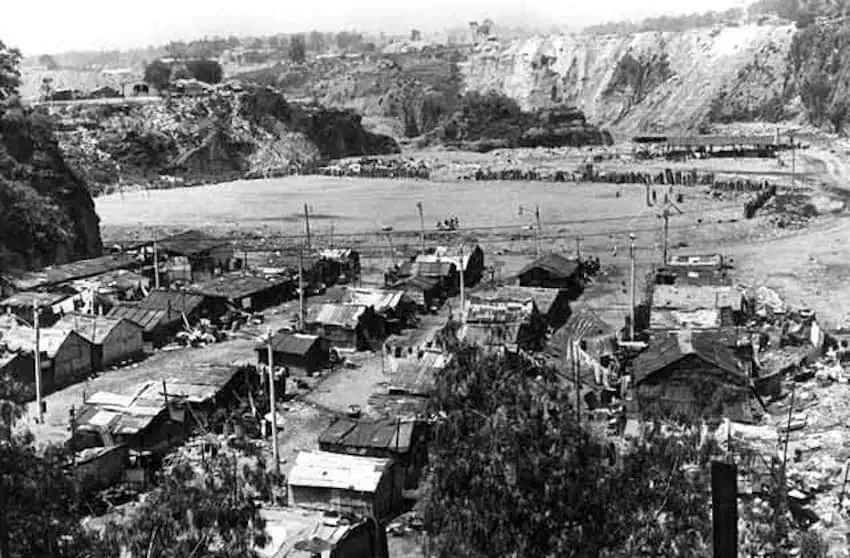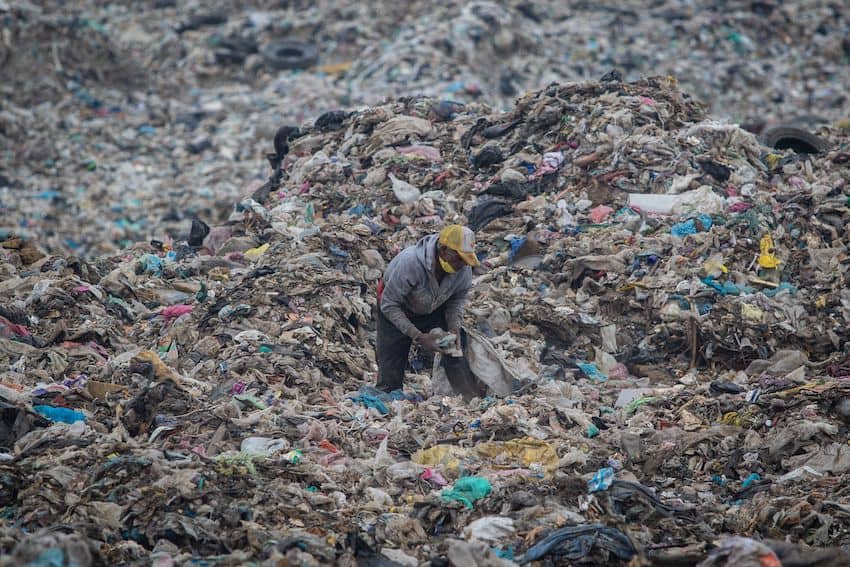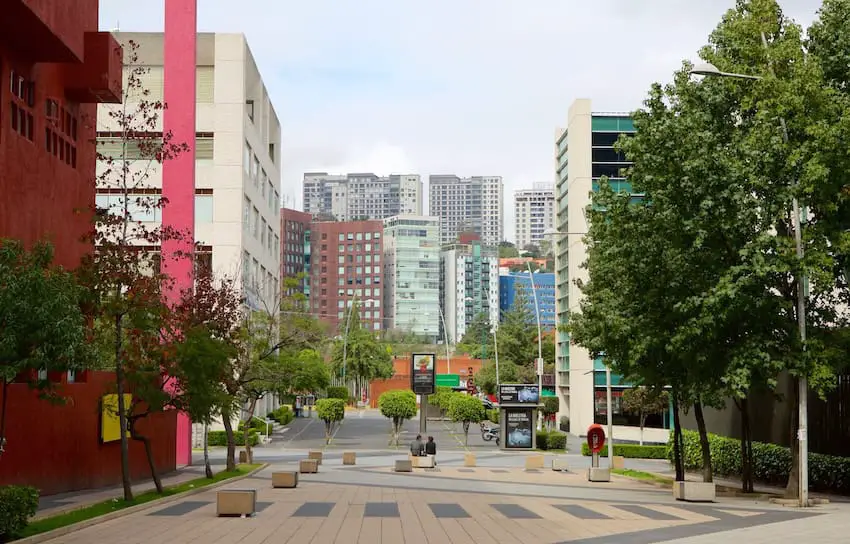Standing on the western edge of the city of Mexico, Santa Fay presents the startling view of modernity. In the context of the Sierra Dell Monte de Los Cruz, glass and steel skyline buildings are dramatically rising, reflecting the light of the afternoon light from their reflected surface. Logos of the world’s largest brands – names like IBM, Microsoft and Santander – Sitting on top of these towers, now creates their identity near the so -called Mexico’s primary business district. At its heart, Park La Mexicana, a comprehensive green space with man -made lakes and beauty gardens, is designed to compensate for the spread of concrete and provide the most need for residents and audiences.
Reflected towers: the modern community of Santa Fay
Santa fe has thousands of residents, mainly upper middle class experts and foreigners. On weekdays, tens of thousands of passengers are working significantly. The region has become an educational center, attracting students to six major universities here: Universidat Ipuricana, Technologo de Monteri, Side, Universidat Panamericana, UAM and UAM.
Centro Santa Fe, a major shopping place, anchors the district’s retail offers. This vast business center is a testament to Santa FA’s external economic significance to Mexico. Latest improvements, such as the Distrito Santa Fay program, are aimed at creating a combined life community. This ambitious plan adds different residential options further enhances the appeal of Santa Fay.
Beyond this modern face, deep valleys and informal settlements are bordered by the edges of this future capsule of Mexico. Public transport is especially scarce, forcing residents and passengers to rely heavily on cars to go to the area. This pro -Mexico contributes to two significant complications that affect the quality of life of the city: increased traffic congestion and poor air pollution.
From waste to wealth: Santa FAv’s change

In the 1980s, the Mexican government had a vision – Santa faville appeared to be a new liberal imagination. However, the history of the area was far from empty. Steeping gulcs and unstable volcanic soil, until then, are inappropriate for traditional urban growth. In fact, in the 1950s, it served as a garbage bin for 3,000 tonnes of waste daily. The dump operates under the Louis Teles of the government with the government-appointed streets named “card,” “glass,” and “aluminum”.
Engineers are garbage and layer of sandbags, in an attempt to ensure the floor, implement the construction of the building. The real boom began by the opening of the Santa Fe Mall in the 1990s. The expansion of business and residential projects continued it quickly. The upper middle class families, corporate foreigners and university students began to come to the trendy neighborhood of Mexico, as a combination of residents we see today.
Forgotten communities: displacement of pebenators
The change of Santa FAv was required for the displacement of Pephenadorce or wastewater. Their livelihoods depend on the dump, where they earned income by selling recycled products and selling them to local businesses. It took 15 years to begin in 1987, showing the human cost of such urban growth.

In the article “Power of Waste”, Karina Frikman, we know that government officials have transformed 800 Pephenador families into external zones such as Tlatel Socidenko. In addition to the financial recession, families faced significant challenges, including the elimination of their tight community and ongoing health problems. The study Examples of severe health risks facing tumpside, including respiratory problems, digestive problems, skin rashes, infections and sexually transmitted diseases.
Cracks in the facade: Santa favin infrastructure challenges
Inadequate infrastructure planning as a result of the rapid growth of Santa FA, today people face the crossroads of challenges.
Traffic congestion: Enkle’s car -centric design provides limited access to the city of Mexico, the city of Mexico, which makes traffic a serious problem. At one point, passengers spent average 26 days a year Santa is going to work in Fevil. Most recently, the government introduced the cable bus line 3 – an airborne cable car system – to alleviate congestion, with mixed results.

Health risks: As one expects a properly excavated garbage bin, the under -extinction of garbage methane, which contributes to dangerous PM2.5 levels, often violates the World Health Safety Limitations. It is in addition to the high -level greenhouse gas emissions from a number of vehicles.
Water Management: Despite the severe water crisis in Mexico, growth continued with minimum planning for basic applications. Due to the lack of proper sewer network, more than 1,200 luxury homes are discharged directly to valleys or groundwater systems. Many buildings rely on daily water supply by tanker trucks because they have no contacts with the general water system.
Lessons of Santa Fay’s experiment
The change of Santa FA refers to one of the most ambitious urban renewal projects in Latin America – a megapract that dramatically changed the western edge of Mexico. It also reminds us that nothing interesting should start with a firm foundation.
Today, Santa Fe is a record and alert. On the bright side, major international companies provide employment to thousands of people. On the dark side, the environmental challenges and unstable living conditions are a struggle on the outside of the refreshing asylum. When the city of Mexico is making a recent improvement on the basis of waste management, Santa Fay, the city built in waste, shows that urban growth should be addressed and not to hide. The most interesting architectural achievements may eventually relax on shaking foundations – in fact and metaphorically.
Bethany Platanella is a travel planner and lifestyle writer in Mexico. After booking the air ticket, he lives for the success of the dopamine who comes directly to the local markets, yoga training and new tortillas. Register to get her Sunday’s love letters For your inbox, look at her BlogOr follow her Instagram.
(Tattranslate) Alvaro obregon
Story Credit








